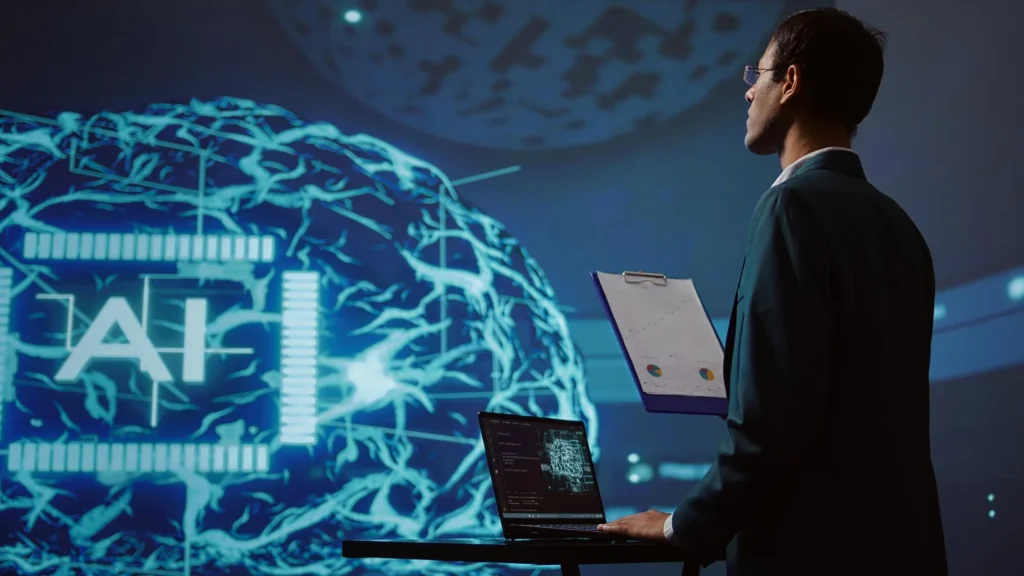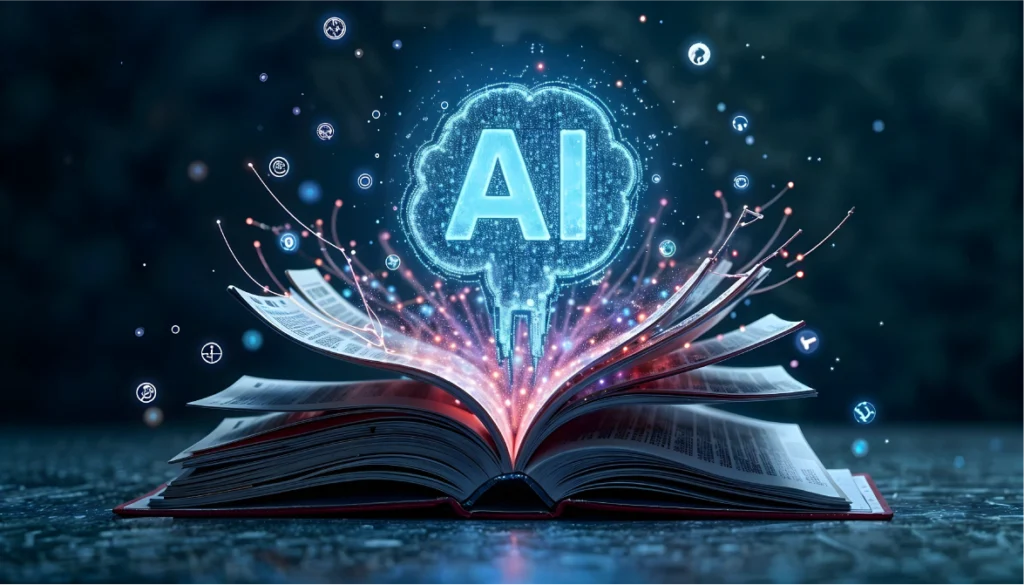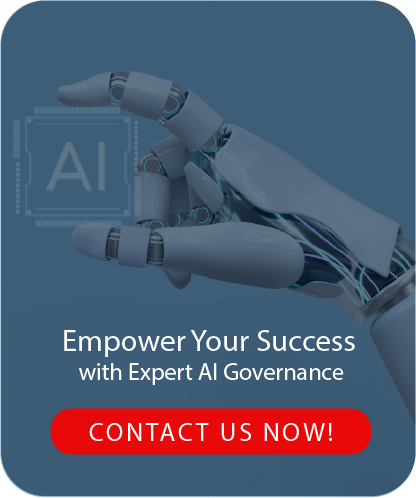As artificial intelligence continues to reshape industries, the legal landscape must evolve to address its profound implications. The emergence of AI law is a critical response to these changes, ensuring that organizations can innovate responsibly while maintaining compliance. From navigating employment law complexities to understanding global regulations, this article explores the challenges and opportunities of aligning AI with ethical and legal standards. Let’s uncover how businesses can stay ahead in this rapidly evolving field.

The Impact of AI on Employment Law
The rapid integration of artificial intelligence into various sectors is prompting significant changes in employment law. As businesses adopt AI technologies, legal experts are examining how existing frameworks can adapt to these innovations. Key considerations include compliance with labor regulations, data protection, and employee rights. The emergence of AI law reflects the need for regulations that address these evolving challenges, ensuring that both employers and employees are aware of their responsibilities and entitlements in a landscape shaped by automation.
With the rise of AI tools in recruitment and performance evaluation processes, there’s an increasing focus on potential biases introduced by these technologies. Employment law must evolve to address the unique legal implications arising from the use of AI in decision-making. It’s essential for organizations to implement policies that mitigate biases, fostering inclusivity while adhering to AI law standards. As legal professionals and lawmakers navigate these complexities, ongoing dialogue will be crucial to craft effective legislation that supports innovation while protecting workforce interests.
Addressing Workforce Changes and Legal Implications
Rapid advancements in artificial intelligence are reshaping the workforce landscape, necessitating a thorough analysis of employment law implications. As companies adopt AI technologies to optimize operations, they face challenges in compliance with existing labor laws. Employee roles may shift or become obsolete, leading to potential legal issues regarding layoffs, discrimination, and workers' rights. Employers must navigate complex regulations to ensure fair treatment of staff while also adapting to new business models driven by AI.
Moreover, these workforce changes prompt organizations to reevaluate human resources strategies. Developing clear policies around the use of AI is essential in mitigating risks associated with legal claims and maintaining employee morale. Training programs should address AI's impact on job responsibilities, ensuring that workers are equipped with the necessary skills to thrive in an evolving environment. By proactively addressing these legal implications, businesses can foster a more inclusive atmosphere while safeguarding their interests in the face of technological transformation.
International Perspectives on AI Legislation
Governments worldwide are grappling with how to regulate artificial intelligence effectively. Each jurisdiction brings its unique cultural and legal contexts into the equation. European nations, for instance, emphasize a comprehensive regulatory framework that prioritizes user rights and transparency in AI deployment. This approach is evident in the proposed EU AI Act, which seeks to classify AI systems based on risk levels and enforce strict compliance protocols. In contrast, countries like the United States tend to adopt a more fragmented regulatory environment, allowing states to pioneer their legislation, reflecting regional concerns and innovation-driven needs.
Internationally, the dialogue surrounding AI legislation highlights the balance between fostering innovation and ensuring public safety. Establishing international standards could provide a robust framework for mitigating risks associated with AI, ensuring that advancements benefit society as a whole.

Comparing Approaches from Different Countries
Different countries are adopting various strategies to address the challenges posed by AI technologies. The European Union has been at the forefront, formulating comprehensive regulations designed to ensure transparency and accountability in AI systems. This holistic approach emphasizes a balance between innovation and protection, aiming to safeguard individual rights while promoting technological advancement. On the other hand, the United States has taken a more fragmented route, where individual states implement their own regulations, leading to a diverse patchwork of laws that can complicate compliance for businesses operating across multiple jurisdictions.
In Asia, nations like China and Japan are also shaping their legal frameworks around AI with particular focus on fostering innovation. China’s approach leans toward state-driven development, prioritizing rapid technological advancement with less emphasis on personal data protection. Japan, conversely, adopts a more collaborative stance, engaging industries and academia to develop ethical guidelines that encourage responsible AI deployment. Each of these perspectives highlights the complex interplay between innovation and regulation in the evolving landscape of artificial intelligence on a global scale.
| Country/Region | Approach to AI Regulation | Key Focus Areas |
|---|---|---|
| European Union | Comprehensive Regulations | Transparency, Accountability, Individual Rights |
| United States | Fragmented State Regulations | Innovation, Compliance Challenges |
| China | State-Driven Development | Rapid Advancement, Less Emphasis on Data Protection |
| Japan | Collaborative Development | Industry and Academia Engagement, Ethical Guidelines |
Ethical Considerations in AI Decision-Making
In the realm of artificial intelligence, ethical considerations play a crucial role in decision-making processes. Algorithms can inadvertently perpetuate biases present in training data, leading to discriminatory outcomes. Addressing these biases requires a commitment to transparency and fairness. Stakeholders must prioritize inclusivity in AI design and implementation, ensuring that diverse perspectives inform the development process. This proactive approach encourages responsible AI usage and aims to enhance trust among users.
Additionally, organizations need to establish ethical frameworks guiding AI development. These frameworks should emphasize accountability for decisions made by AI systems and the importance of human oversight. By fostering open dialogue around ethical implications, companies can better prepare for the future landscape shaped by AI. Incorporating stakeholder feedback and societal values into AI strategies can effectively reduce disparities and promote ethical standards across various industries.

Litigation Trends Related to AI
In recent years, the intersection of artificial intelligence and employment law has become a focal point in litigation. Organizations increasingly face lawsuits stemming from decisions made by AI systems. As these technologies continue to evolve, various claims emerge, such as discrimination and wrongful termination. Courts are beginning to see an uptick in cases challenging the legitimacy and fairness of AI-driven hiring processes. Legal precedents are being established that could shape how companies implement AI tools in their workforce management strategies.
High-profile cases highlight the urgent need for businesses to reassess their reliance on AI in decision-making. These cases often explore the ethical and legal ramifications when AI systems display unintended biases or result in adverse outcomes for employees. Legal teams are scrutinizing the compliance of AI applications with existing discrimination laws. As litigation trends develop, companies must be proactive in monitoring their AI applications to mitigate potential risks and ensure adherence to legal standards.
High-Profile Cases and Legal Precedents
Recent litigation cases highlight the complexities surrounding AI's influence in the workplace. A notable incident involved an employer utilizing an AI system for candidate screening. The software inadvertently favored certain demographics, leading to a lawsuit on grounds of discrimination. Legal precedents from this case emphasize the importance of transparency and accountability in AI operations, setting the stage for future employment law discussions.
Another significant example revolves around an organization facing scrutiny over an AI-driven decision-making process linked to layoffs. This situation raised questions about the legality of automated decisions lacking human oversight. Courts have begun to explore the boundaries of liability when AI systems are involved in employment decisions. These high-profile cases not only shape legal frameworks but also drive organizations to reconsider the ethical implications of deploying AI in sensitive areas.






